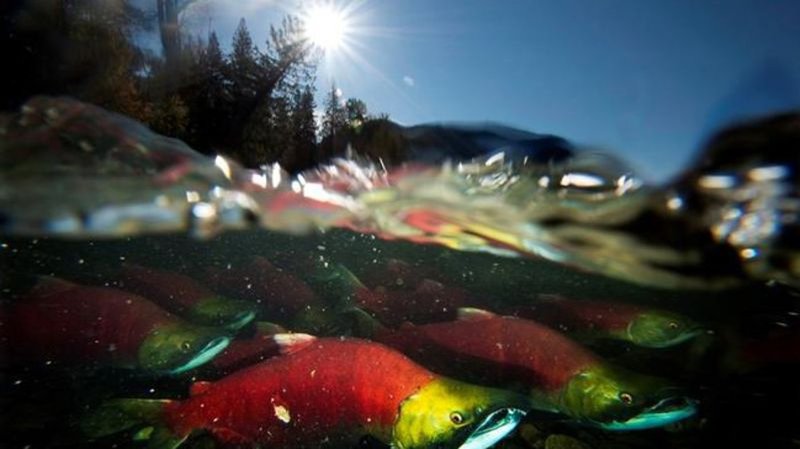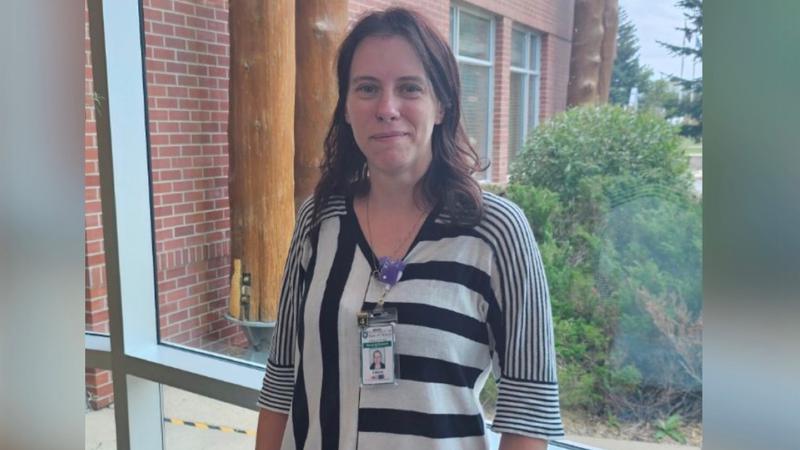
Concern for B.C. sockeye salmon as Fraser River return estimates drop by millions
VANCOUVER — Optimism over an expected bumper season for wild British Columbia sockeye salmon has turned to distress, after a regulatory body’s estimate of returns to the Fraser River dropped by nearly half this week.
The Pacific Salmon Commission’s pre-season estimate of 9.8 million returning fish went down to 5.5 million Monday, prompting environmentalists and fishers alike to express concern.
“It’s disturbingly bad,” said Greg Taylor, senior fisheries adviser with Watershed Watch Salmon Society.
Hopes were high for the sockeye run this year in part because the fish return to spawn in the Fraser River on a four-year cycle, with 2022 being one of the expected peak years, he said.


